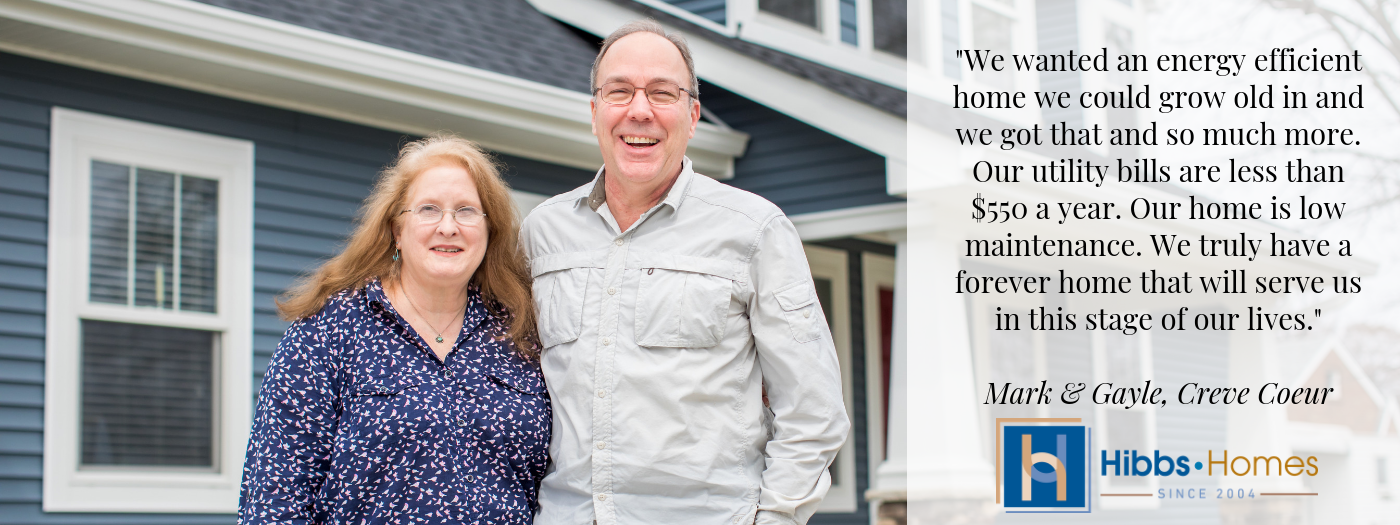Utility bills getting you down? You're not the only one! Luckily, there are some relatively easy ways homeowners can make their home more sustainable and energy efficient. Whether you recently moved into a new home or are looking for simple ways to make an older home more sustainable and reduce your energy bills, we've got you covered. Here are some of our best energy saving tips for your home.
Upgrade the Lightbulbs in Your Home
Switching out old light bulbs for LEDs will help your home become more energy efficient, with the added benefit of giving off more light. LED bulbs are slightly more expensive than regular incandescent light bulbs, but they use just a small percentage of the energy incandescent bulbs do. It's estimated homeowners can recoup the cost of LED light bulbs in just a few months due to how much their electric bill shrinks.
Clean and Replace Filters
Make it a priority to regularly clean and replace the filters in your home. For example, dirty air filters will make your HVAC work harder and for longer than necessary. How often you'll need to change your air filters depends on whether or not you have pets. It's recommended homes with no pets change their air filter every 90 days, while a single pet household should be changed every 60 days, and a home with more than one pet should be changed every 20-45 days.
Seal Cracks, Gaps, and Leaks
As your new home settles and is subjected to changes in temperature and weather conditions, it is only natural for cracks to appear. Being proactive and sealing those cracks, as well as any gaps or leaks around windows and doors will help your HVAC system run more smoothly and provide energy savings.
Put Outdoor Lights on a Timer
Take the guesswork out of when to turn your outdoor lights on by using a timer. With a timer system or a dusk to dawn sensor, your home will be more energy efficient because the outdoor lights will only be on when absolutely necessary.
Save Money on Heating and Cooling
A great way to lower your heating and cooling bill is to rely on nature to do the work. In the hot summer months, keep shades and blinds closed on the sunny sides of your home to block out the sun and keep
it cool. In the winter, open them up to have the sun warm your home.
Invest in a Programmable Thermostat
Purchase a thermostat that has the option to program it according to your schedule. If your daily schedule keeps you out of the house during the day, program the thermostat to adjust to a cooler temp while you're away. Then, program it to your desired temperature for when you will be home.
Replace Single Pane Windows
If possible, replace old single pane windows with a more energy efficient option. If you have the funds, update your windows to ones that are double paned, or go with a less expensive option and place a window tint film over windows. This will keep heat or cold air from escaping your home, which will reduce how hard your heating and cooling system has to work.
Rearrange Your Living Room
Have a thermostat in your living room? Arrange the room in a way that keeps electronics and lamps away from the thermostat. Since these things give off heat, placing them too close to the thermostat can trick it into registering the temperature of the room incorrectly.

